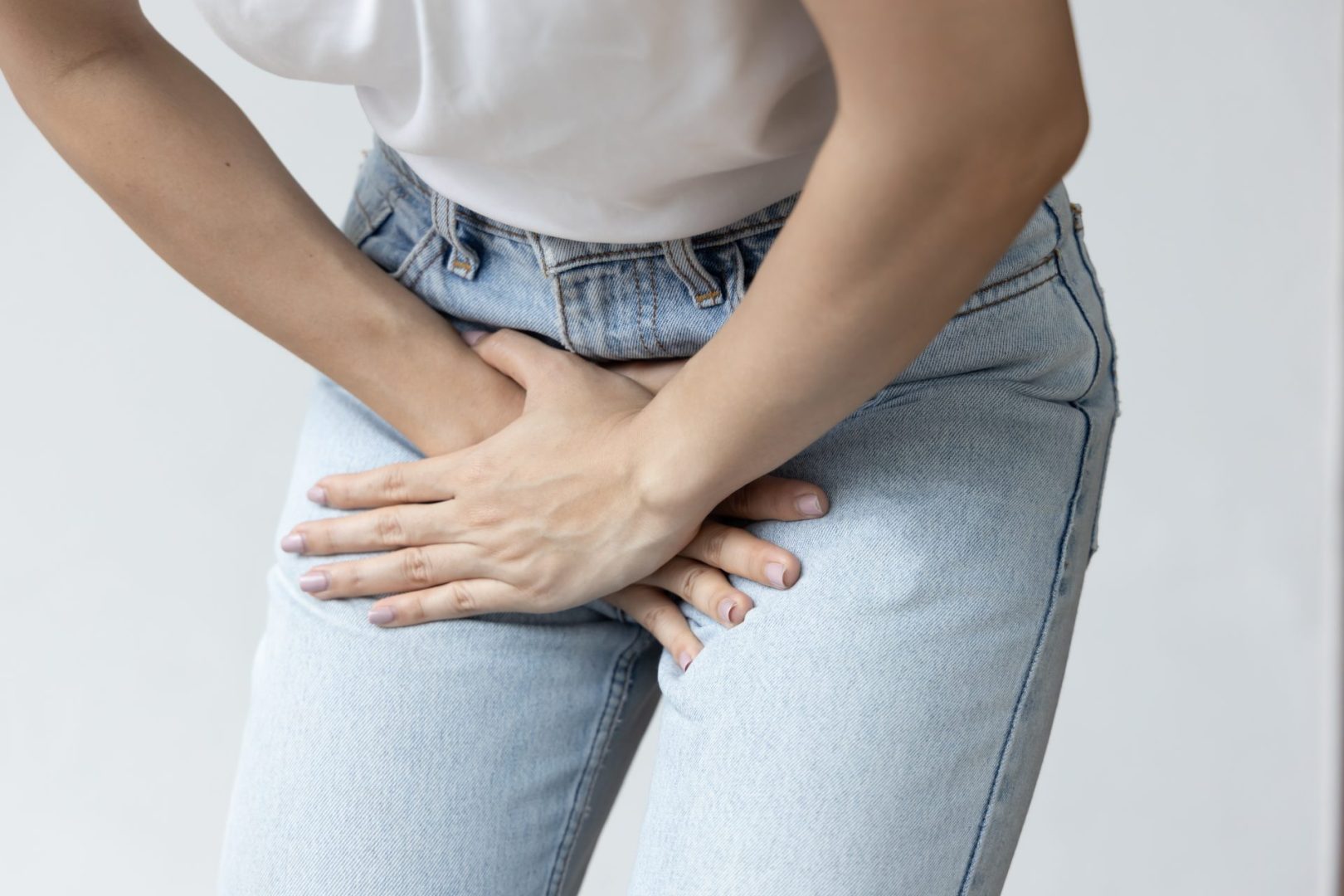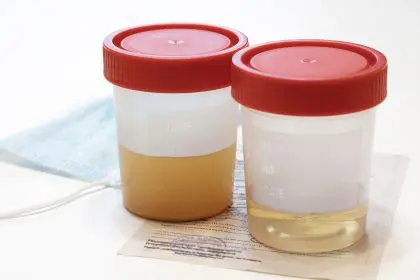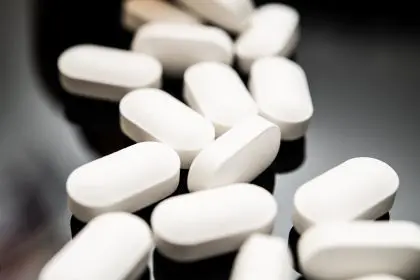These science-backed solutions can help relieve burning and prevent future infections
The burning sensation that signals a urinary tract infection can quickly turn an ordinary day into an uncomfortable ordeal. UTIs affect nearly 150 million people worldwide each year, with women experiencing these infections up to 30 times more frequently than men. While antibiotics remain the gold standard for treatment, several natural approaches can complement medical care and help prevent recurrence. Understanding both the remedies and risk factors puts you in a better position to manage these common yet distressing infections.
Understanding what causes UTI discomfort
A urinary tract infection typically begins when bacteria—most commonly E. coli from the digestive tract—enter the urethra and travel to the bladder. This unwelcome invasion triggers inflammation, leading to the classic symptoms: frequent urination, burning sensations, cloudy urine, and pelvic discomfort. For some, these symptoms remain mild, while others experience significant pain that disrupts daily activities.
The anatomy of the female urinary system, with its shorter urethra positioned closer to the rectum, explains why women face higher infection rates. Other risk factors include sexual activity, certain types of birth control, menopause, and conditions that affect normal urination. While most UTIs remain confined to the lower urinary tract, the infection can sometimes ascend to the kidneys, causing more serious symptoms like fever, back pain, and nausea.
Early intervention makes a significant difference in recovery time and prevention of complications. Recognizing symptoms promptly and taking appropriate action—whether through medical treatment, natural remedies, or a combination—helps manage discomfort and restore urinary health more quickly.
Water remains your first line of defense
The simplest yet most effective strategy against UTIs involves adequate hydration. Drinking sufficient water dilutes urine and increases urination frequency, helping flush bacteria from the urinary tract before they can attach to cell walls and multiply. This natural cleansing mechanism reduces both symptom severity and infection duration.
Research confirms this common-sense approach works. A 2018 study found that women prone to UTIs who increased their daily water intake by 1.5 liters experienced 48% fewer infections than those who maintained their usual drinking habits. For optimal results, aim for at least eight 8-ounce glasses daily during an active infection, with slightly less for prevention.
The type of fluid matters too. Water provides the most benefit, while some beverages—particularly those containing alcohol, caffeine, or artificial sweeteners—may irritate the bladder lining and worsen symptoms. Timing your hydration by drinking more during the day and tapering off before bedtime helps avoid sleep disruption while still providing therapeutic benefits.
Cranberry offers more than folk wisdom
Perhaps the most widely recognized natural UTI remedy, cranberry contains compounds that make it harder for bacteria to adhere to urinary tract walls. These substances—primarily proanthocyanidins—don’t kill bacteria but instead impair their ability to establish infection. Think of them as creating a slippery surface that bacteria struggle to grip.
The research on cranberry shows modest but real benefits, particularly for prevention. A 2017 meta-analysis found that cranberry products reduced UTI recurrence by about 26% in women with frequent infections. For acute symptoms, however, cranberry works better as a complementary approach rather than a standalone treatment.
For those interested in trying cranberry, unsweetened juice provides the most direct benefit. Since pure cranberry juice tastes extremely tart, many people prefer capsules or tablets standardized to contain specific amounts of proanthocyanidins. Avoid cranberry cocktails and blends, as their high sugar content may actually feed bacteria and counteract benefits.
Probiotics restore beneficial balance
The urinary and genital tracts naturally host beneficial bacteria that help crowd out harmful organisms. When this healthy balance gets disrupted—often due to antibiotics, hormonal changes, or hygiene products—infection risk increases. Probiotics help restore this protective microbial balance.
Certain probiotic strains, particularly Lactobacillus rhamnosus and Lactobacillus reuteri, show promise for UTI prevention. These beneficial bacteria produce hydrogen peroxide and other substances that create an inhospitable environment for pathogenic E. coli. They also strengthen the immune response in urinary and vaginal tissues.
Incorporating probiotics through both supplements and fermented foods like yogurt, kefir, and sauerkraut offers a two-pronged approach. Supplements provide targeted delivery of specific strains, while fermented foods support overall digestive and immune health. For women, vaginal probiotic suppositories may offer additional protection by directly recolonizing the area with beneficial bacteria.
D-mannose blocks bacterial attachment
This naturally occurring sugar found in cranberries, apples, and other fruits has emerged as a promising UTI remedy. D-mannose works by binding to E. coli bacteria, preventing them from attaching to urinary tract walls and allowing them to be flushed out during urination. Unlike antibiotics, D-mannose specifically targets E. coli without disrupting beneficial bacteria.
Clinical research supports its efficacy. One study found that D-mannose reduced UTI recurrence as effectively as the antibiotic nitrofurantoin, with fewer side effects. Another showed that women taking D-mannose had a 45% lower risk of recurrent infection compared to those receiving no preventive treatment.
Available as a powder or in capsule form, D-mannose can be taken both preventively and during active infections. For prevention, a typical dose ranges from 1-2 grams daily, while active infections may benefit from 1-2 grams every few hours for the first few days. The powder dissolves easily in water and has a mild, sweet taste that most people find pleasant.
Vitamin C creates a hostile environment
Increasing vitamin C intake during a UTI makes urine more acidic, creating conditions that inhibit bacterial growth. This acidity also enhances the effectiveness of certain antibiotics while potentially reducing inflammation in the urinary tract. Additionally, vitamin C boosts immune function, helping the body fight infection more effectively.
While research shows mixed results regarding vitamin C’s direct impact on UTIs, its overall immune-enhancing properties make it a worthwhile addition to a comprehensive approach. The recommended daily amount during an active infection ranges from 500-1,000 mg, preferably from food sources supplemented with ascorbic acid if needed.
Foods rich in vitamin C include bell peppers, broccoli, kiwi, oranges, and strawberries. However, some people find that citrus fruits irritate the bladder during a UTI, so non-citrus sources may be preferable. Supplements offer convenience but should be taken with food to reduce potential stomach irritation.
Heat therapy soothes pelvic discomfort
While not directly treating the infection, applying heat to the lower abdomen can significantly reduce the pain associated with UTIs. Heat therapy works by relaxing the muscles in the pelvic region, increasing blood flow to tissues, and blocking pain signals to the brain. This simple approach provides drug-free relief while other treatments address the underlying infection.
A hot water bottle or heating pad applied to the lower abdomen for 15-20 minutes several times daily offers the most benefit. Electric heating pads provide consistent temperature but require access to an outlet, while microwavable heat packs offer portability. For overnight relief, special adhesive heat patches designed for menstrual cramps work equally well for UTI discomfort.
Always place a thin towel between the heat source and skin to prevent burns, and limit sessions to 20 minutes to avoid tissue damage. Heat therapy proves especially helpful for nighttime discomfort when UTI symptoms often intensify due to concentrated urine.
Herbal teas provide gentle support
Several herbal teas offer properties that support urinary health during a UTI. Uva ursi (bearberry) contains arbutin, which converts to hydroquinone in the urinary tract and acts as an antimicrobial agent. Marshmallow root has mucilage compounds that create a protective coating on irritated urinary tract tissues. Corn silk acts as a gentle diuretic while soothing inflamed tissues.
Research on these remedies remains limited compared to options like cranberry and D-mannose, but traditional use and preliminary studies suggest potential benefits. The advantage of herbal teas lies in their dual action: they increase fluid intake while delivering therapeutic compounds directly to the urinary system.
For optimal results, steep herbs for at least 10-15 minutes to extract beneficial compounds, and drink 2-3 cups daily. Avoid adding sugar, which can feed bacteria. Those taking prescription medications should consult healthcare providers before using medicinal herbs, as some may interact with conventional treatments.
Foods and drinks to avoid during a UTI
While incorporating helpful remedies, equally important is avoiding substances that worsen symptoms or impede recovery:
- Alcohol not only irritates the bladder lining but also causes dehydration, concentrating urine and slowing bacterial clearance.
- Caffeine in coffee, tea, and soda increases bladder irritability and may promote bacterial growth through its diuretic effect.
- Added sugars provide fuel for bacterial reproduction, potentially prolonging infection and worsening symptoms.
- Artificial sweeteners, particularly aspartame and saccharin, cause bladder irritation in many people with urinary tract sensitivity.
- Spicy foods contain compounds that can increase inflammation and irritation when excreted in urine.
- Acidic foods like tomatoes, citrus fruits, and vinegar may intensify burning sensations during urination for some individuals.
- Carbonated beverages often contain artificial ingredients that irritate the bladder while their carbonation creates pressure on already uncomfortable tissues.
When to seek medical attention
While natural remedies offer valuable support, they shouldn’t replace appropriate medical care. Contact a healthcare provider immediately if you experience fever above 101°F, which may indicate the infection has reached the kidneys. Back or flank pain serves as another sign of potential kidney infection. Blood in urine beyond a few drops warrants prompt medical attention, as do symptoms that don’t improve after 24-48 hours of home treatment. Recurring infections (three or more in a year) require professional evaluation to identify underlying causes. UTI symptoms during pregnancy should always trigger an immediate call to your healthcare provider.
The standard medical approach includes antibiotics targeted to the specific bacteria causing the infection. These medications typically bring relief within 1-2 days and require completing the entire prescribed course to prevent recurrence and antibiotic resistance.
Modern integrative approaches often combine conventional treatment with supportive natural remedies, providing the fastest relief while strengthening the body’s defenses against future infections. This comprehensive strategy addresses both the immediate infection and the factors that may contribute to recurrence.
Understanding UTIs empowers you to take appropriate action at the first sign of symptoms. With a combination of proper hydration, supportive remedies, and medical care when needed, most people recover quickly and can take steps to prevent future episodes of this common but challenging condition.













